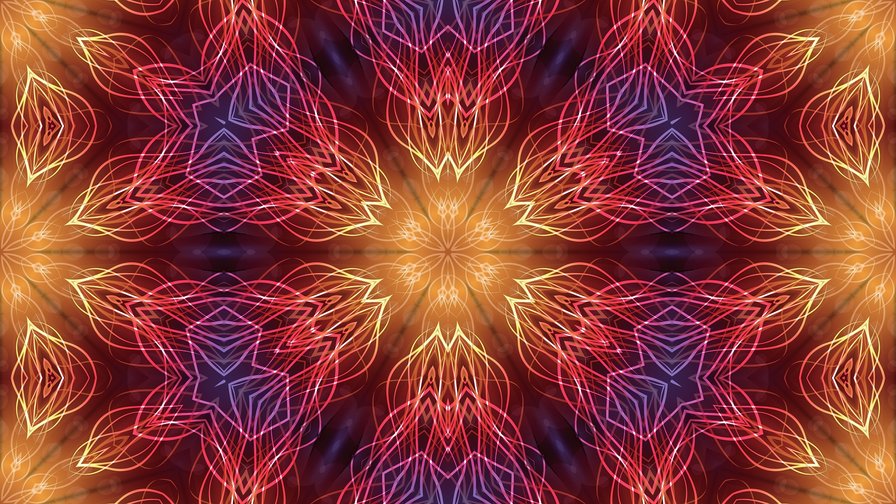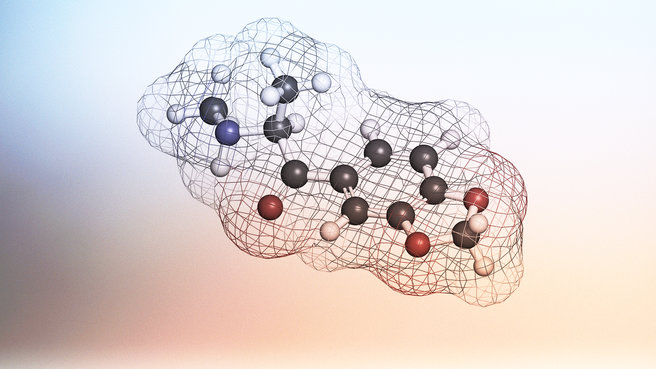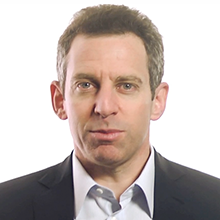
Lysergic acid diethylamide, popularly known as LSD, was first synthesized in 1938 by the Swiss chemist Albert Hoffman, incidentally, the same person responsible for isolating and synthesizing psilocybin, the main compound of magic mushrooms. It took Hoffman five years and a dose of chance to discover LSD’s psychedelic properties, after he accidentally ingested it.
The history of the drug in the following decades is colorful. In 1947, it was introduced on the market (first in Switzerland and then in the U.S.) as a psychiatric drug hailed to cure “everything from schizophrenia to criminal behavior, ‘sexual perversions,’ and alcoholism.” The 1950s marked the beginning of a 15-year LSD research craze, which generated more than 1,000 scientific papers and a CIA program called Project MKUltra, which attempted to use LSD as a “truth serum” and due to its shady activities eventually became the inspiration for Netflix hit series Stranger Things. In the ’60s LSD was the psychedelic drug of choice of the hippie movement and of many artists, academics, and medical professionals.

Sam Harris: Can Psychedelics Help You Expand Your Mind? Sam Harris
Play Video
Play
Mute
Current Time 0:00
/
Duration Time 0:00
Loaded: 0%
Progress: 0%
Stream TypeLIVE
Remaining Time -0:00
Playback Rate
1
- Chapters
Chapters
- descriptions off, selected
Descriptions
- subtitles off, selected
Subtitles
- captions settings, opens captions settings dialog
- captions off, selected
Captions
Audio Track
Fullscreen
This is a modal window.
Caption Settings Dialog
Beginning of dialog window. Escape will cancel and close the window.
TextColorWhiteBlackRedGreenBlueYellowMagentaCyanTransparencyOpaqueSemi-TransparentBackgroundColorBlackWhiteRedGreenBlueYellowMagentaCyanTransparencyOpaqueSemi-TransparentTransparentWindowColorBlackWhiteRedGreenBlueYellowMagentaCyanTransparencyTransparentSemi-TransparentOpaque
Font Size50%75%100%125%150%175%200%300%400%
Text Edge StyleNoneRaisedDepressedUniformDropshadow
Font FamilyProportional Sans-SerifMonospace Sans-SerifProportional SerifMonospace SerifCasualScriptSmall Caps
DefaultsDone
Sam Harris: Can Psychedelics Help You Expand Your Mind?

Sam Harris
Co-Founder and CEO, Project Reason
08:59
As a result of its widespread use, unconvincing scientific research, and negative publicity generated by bad trips, in 1970 the drug was classified as a Schedule I drug in the U.S., meaning “it is deemed to have a high potential for abuse; it has no legitimate medical use in treatment; and, there is a lack of accepted safety for its use under medical supervision.”
The use of LSD, however, hasn’t declined significantly over the years. Recently, a new form of usage is becoming popular and sparking scientific interest: microdosing. Microdosing is the act of regularly taking small doses (usually 1/20 to 1/10 of a normal dose) of LSD or magic mushrooms, usually three or four times a week. The point of microdosing is to be able to experience the positive effects of the drug, without hallucinations and while remaining fully functional.
People who use microdosing claim that it helps them enhance their creativity, improve their mood and focus or simply makes their day better. Others say it has a therapeutic effect, helping them with mental health problems, without…
The post The page you were looking for doesn’t exist. appeared first on FeedBox.